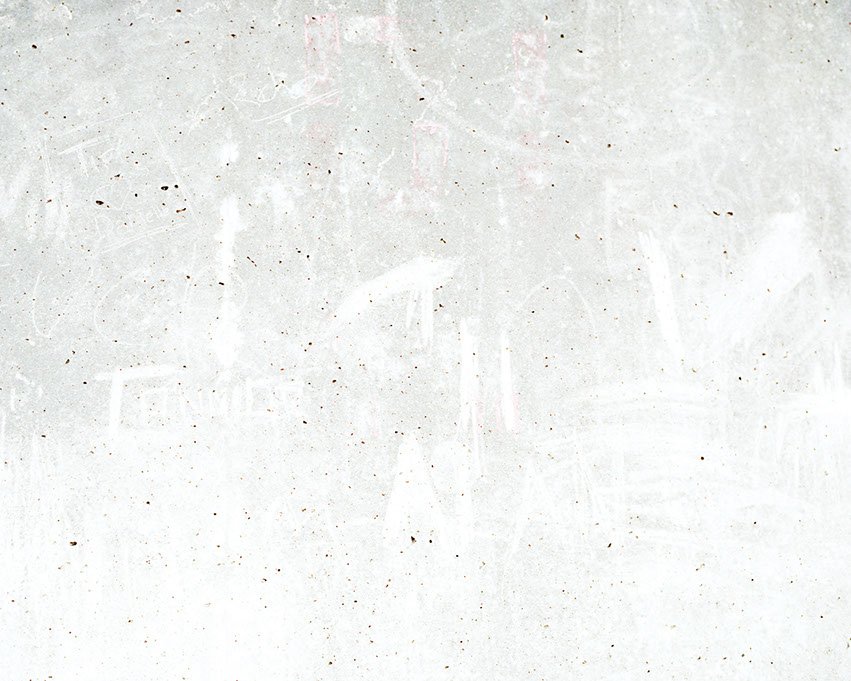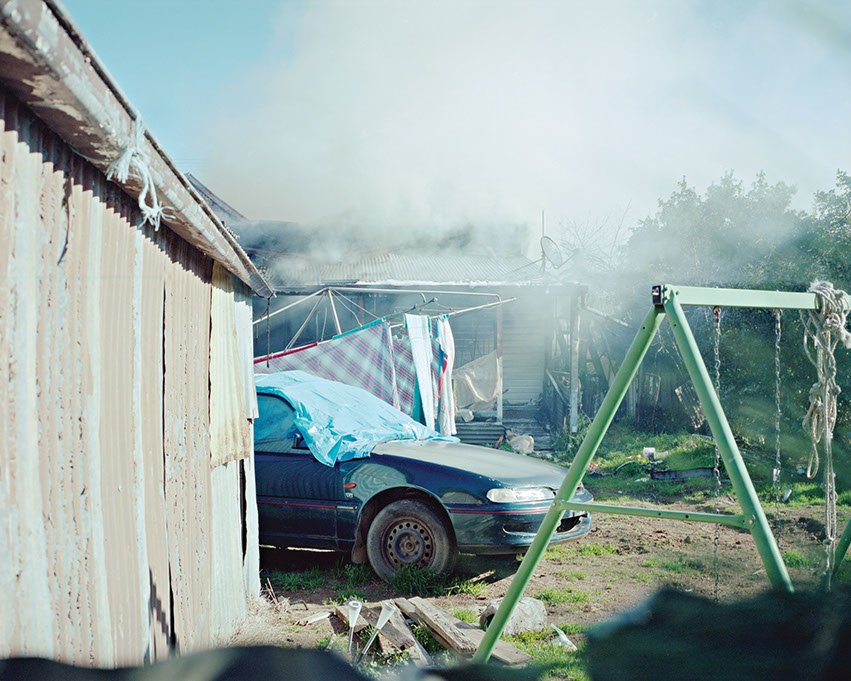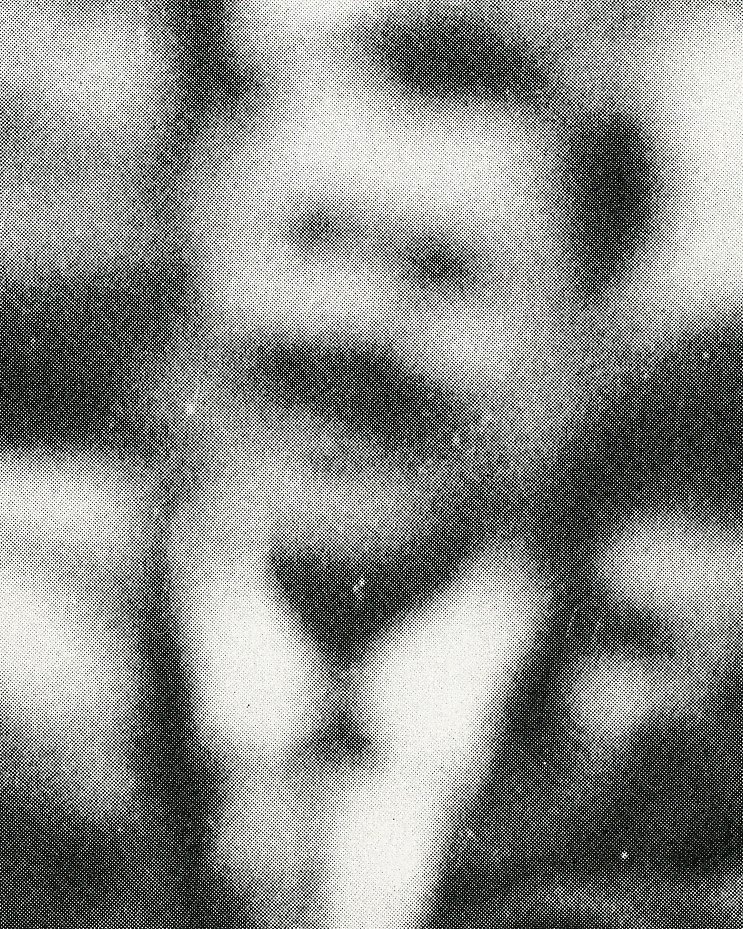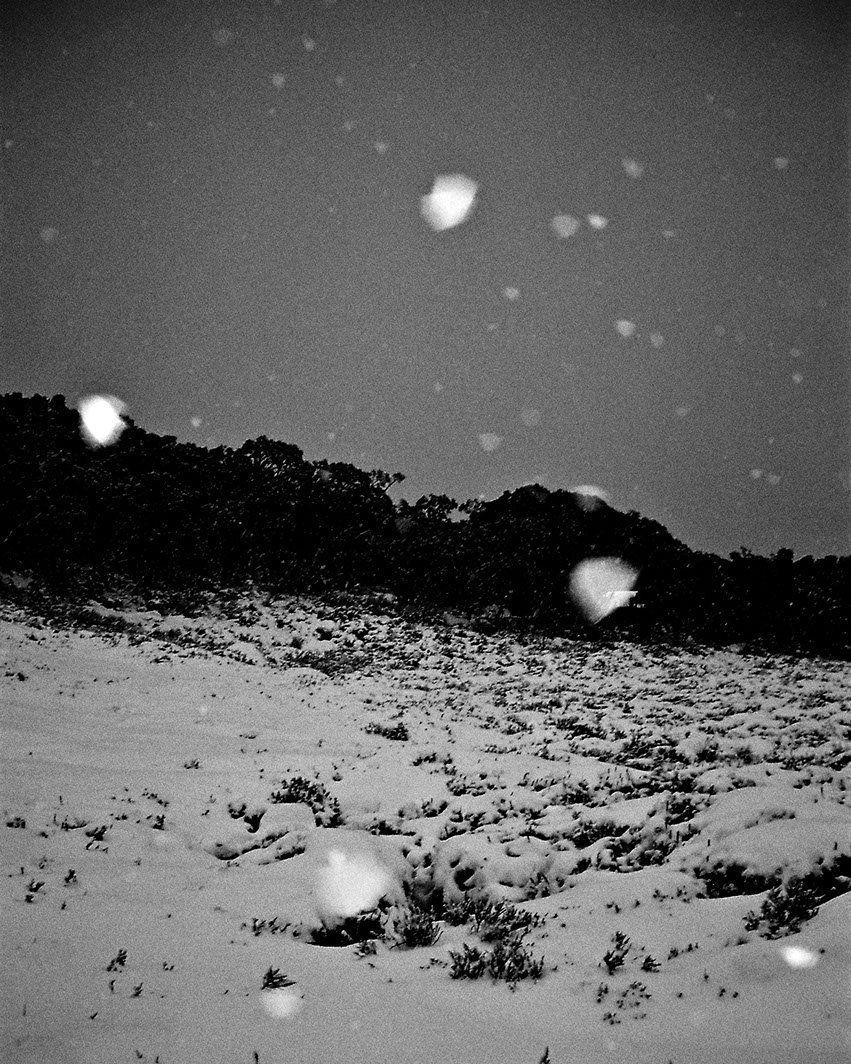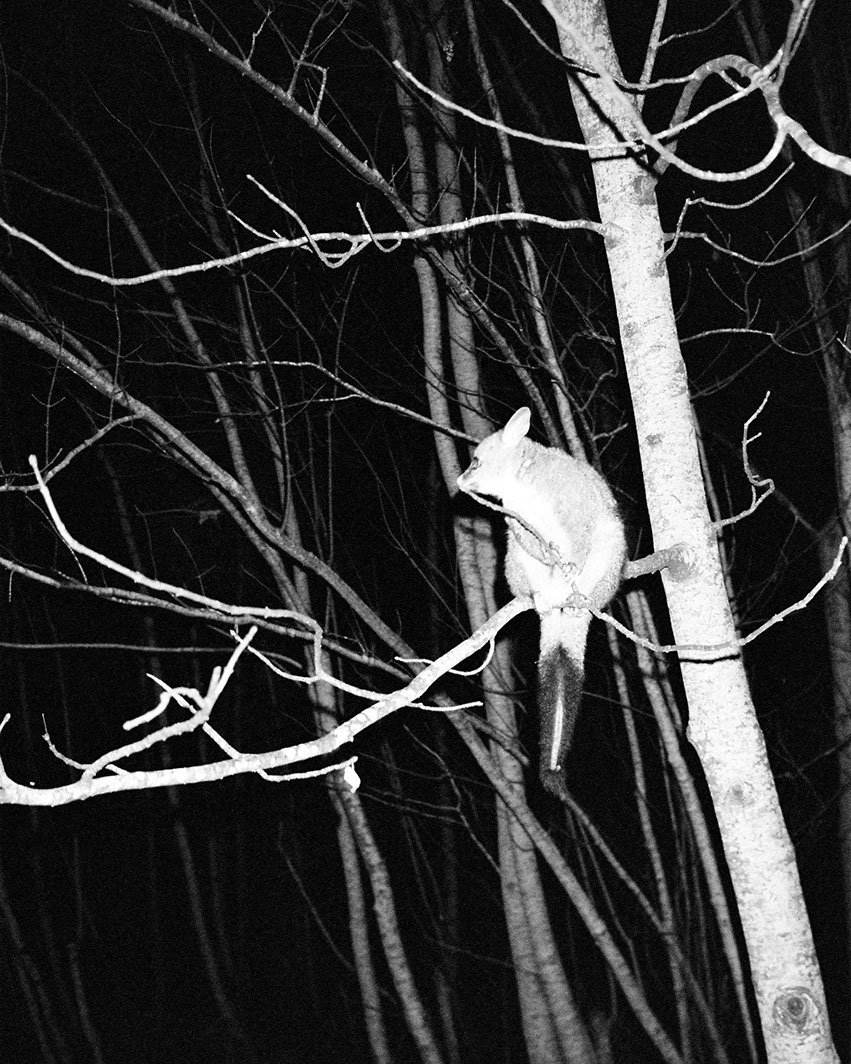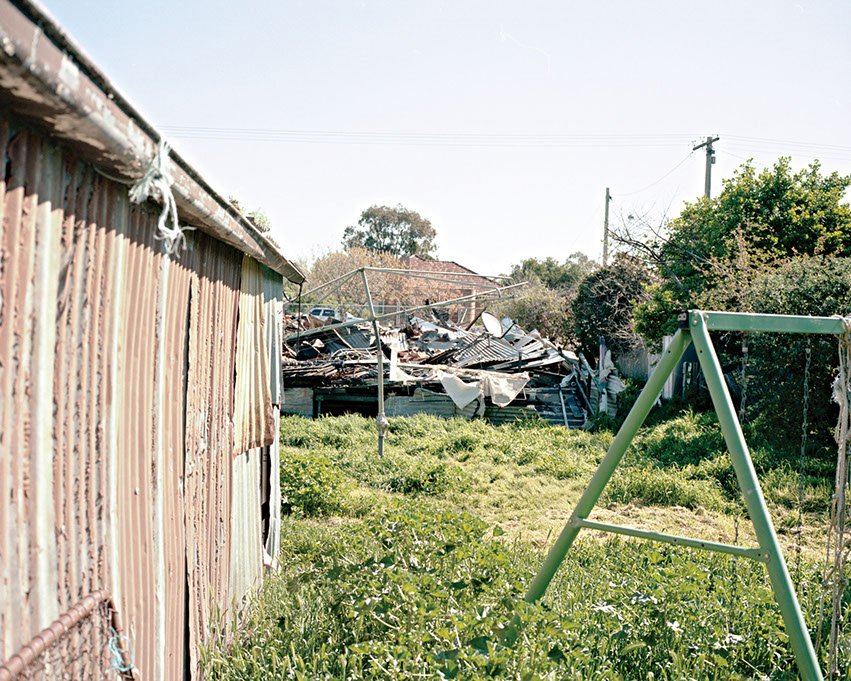Jordan Madge’s series Red Herring, inspired by the disappearance of a girl in a small country town in Central Victoria, Australia, in 2009. Through the blending and questioning of fact, fiction and representation, the work challenges and tests ways we construct and interpret narrative.
I remember coming across your work for the first time, we both share the interest of image appropriation and found objects; you use this beautifully in your work. Has the use of found material always been something you work with?
Thank you! The use of found imagery and image appropriation grew out of a natural curiosity. There wasn’t a moment when I made a clear decision that that was going to become a part of my process. I’m very interested in seeing the visual conversations that are created from the combination of imagine appropriation and my own photographs. It was also a lot about context. I’m fascinated in this idea of taking something out of its original context and planting it somewhere new and seeing how its meaning changes.
What does the archival imagery represent to you in your work, and do you use them to enforce a narrative or rather use them for the purpose of interpretation?
As a continuation of the previous question, It’s a bit of both. The selection of archival material that I choose to use is one of the most important elements. Because there is so much material available it can become a real challenge finding and selecting the imagery that really makes sense. So I definitely use the archival material as a means to drive the narrative and create another layer and visual language.
Your Red Herring series was inspired by the disappearance of a girl in Central Victoria, Australia, and in the book a selection of harshly lit black and white images shot in the woods interrupt the series, for myself this chapter was the definition of a darker tone to the story. How do you go about telling a narrative and where do you start, is the narrative clear in your mind when starting to shoot or is it an edit choice at the end when looking back through the images, or even both?
Basing the project on a factual event meant that it came with a set of guides, both conceptually and stylistically. That the undertone of the narrative was already there waiting to be developed and pushed in one direction or another.
The editing process for Red Herring was continual. From the beginning of the project to the end. I was always returning to what I had and re-evaluating its connection and relevance to the story. Throughout the process, the outcome I was after inevitably fluctuated, but with a lot of push and pull I came to sticking with one outcome.
Did you come across emotionally testing experiences within the series research and shoot and if so how do you deal with a topic like this in terms of narrative and sensitivity toward the missing girl?
Of course. From the beginning of the project I had to be very cautious of how I spoke about and portrayed the identity of the missing girl. It was extremely important to me to do that. But as much as it is, it isn’t directly related to one particular person. There is nothing leading back to her, or referencing her name or a specific place. The decision to detach the project in that way was extremely conscious and there from the start. It meant that I had creative freedom and room to interpret the story and focus on the act of storytelling and feeding my curiosity for visual language and not by accident upsetting anyone.
Your work concerns itself with the story and narrative, you are acting as storyteller, how do you get past your own preconceptions of a story and do you find yourself adding your own opinions within a series?
Separating the story from one specific person to the idea of a missing person as a whole meant that I was merging fact and fiction. Fact being the foundation of the project which was a real event and fiction being my own interpretation. So I felt that my thoughts and opinions were welcome when I was making the work because I wasn’t tied back to making sure the work was honest in regards to portraying someones true character.
What does family mean to you?
In short and very simply put, family are the ones that will always be there for you (as heard as that sentence is). And family doesn’t necessarily mean blood related, people I have met throughout my life and have become very close with, I definitely regard as family.
Do you have any stories or items that have been passed down through the family, if so what are they?
One of the most important items that was passed down to me was a ring that my dad gave me. I wore it until it bent out of shape and recently had remade because of its sentimental value – and because I felt odd not wearing it.
You’re based in Melbourne right? Have you always lived there?
I’m currently based in Melbourne where I grew up, yes, and have moved quite a few times but never to far from one place to another.
Do you think where you live has changed or informed the way you work and stay creative?
Definitely. For example I’ve only ever lived in the suburbs, but about seven or eight years ago my dad moved to a small country town where I regularly visit. Before then I never, or rarely, spent time in the country, but that type of landscape has become my biggest influence which I hope is reflected in my work. Having never lived there and only visiting for days or weeks at a time, I began to really appreciate the time I spent out there and the differences between the suburbs/city and country life and landscapes.
What was your childhood like? Were you introduced to art and photography at an early age?
I had a fairly organic introduction to art and photography, especially while I was entering my teen years skateboarding and following graffiti writers. That gave me a taste for all kinds of art, while photography was something I had become interested in as a medium and it stuck. Haven being given a lot of freedom when I was younger also meant that I was able to experiment with all kinds of mediums.
On that topic do you consider yourself an artist, or rather a documentarian and storyteller?
That’s a tough one, I don’t think I really want to pigeon hole myself into any kind of genre, but I’ve used all three terms before to describe my work or ideas. When I graduated from Photography Studies College in Melbourne with a Bachelor, I majored in Documentary which was definitely a driving force in the work, where I wanted to try and push and explore that genre. But I’m happy to progress without locking myself into a genre because it may add restrictions and guidelines to how I approach something, so I tend not to try and think about it to much.
Tell me a little about the projects you are working on now, I saw on your site you have three works in progress?
In May this year I spent two months in Japan where I undertook a residency program at Youkobo Art Space in Tokyo, which I’m still sorting through and hope to do something with very soon. And the other projects I’m slowly working on have a heavy relevance to the Australian social and physical landscape. In August I’ll be flying to Obscura Photography Festival in Penang for my second year, after 2014, where I hope to expand on similar themes that I focused on in Japan. So between Japan and Malaysia I haven’t had much time to really dive head first into the projects I’m working on at home, but when I’m back in Melbourne in September I hope to really push their progress.
What would you say is the most important thing you have learnt over the last few years regarding making your work?
I’ve learnt that you need to make work you’re truly interested in and curious about, to look for answers or find questions to ask and to not be afraid to experiment.
Considering the nature of your work and the archive material, how do you want your work to be remembered in the future?
I’m curious to see how my work will be viewed in the future, and how all of my projects will connect in different ways. I’d be happy to see my work as a kind of archive of a particular time in Australia.
